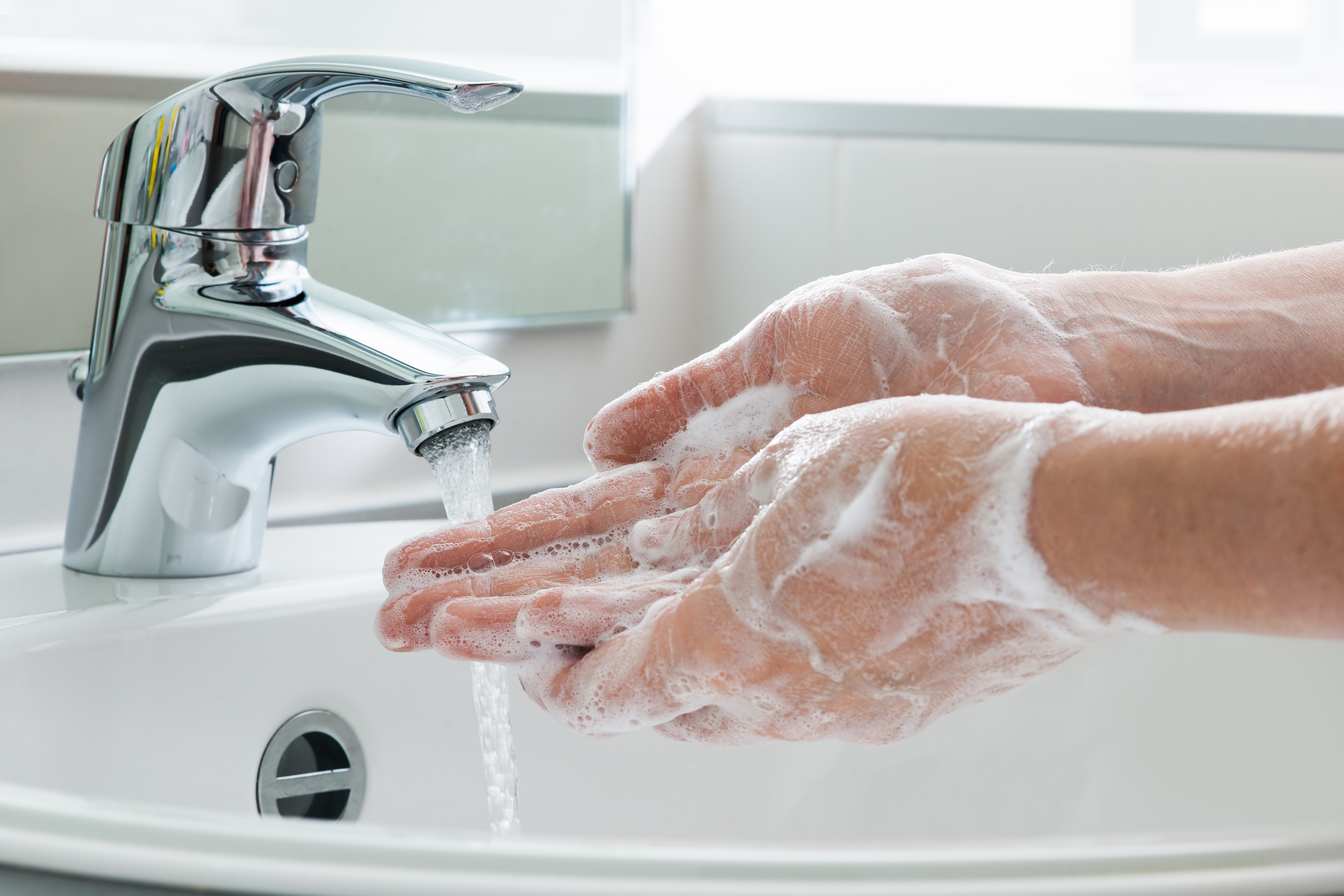Safe food handling when shopping in stores or using grocery delivery
Safety tips for handling food in grocery stores or that was home delivered.

Grocery shopping practices have been in the news. There are simple steps you can take to limit your exposure to germs and pathogens when purchasing food in-store or for home delivery.
Safety tips for buying groceries in-store
Keep your distance:
- Go shopping at less busy times or if susceptible to respiratory illness or other health issues, use the designated hours implemented by your local food stores.
- Limit your physical distance from other shoppers; 6 feet or more away from other customers is suggested.

Reduce germs and pathogens:
- Take sanitizer or germ wipes for your hands and carts. Wipe your cart before shopping and sanitize your hands after using high touch surfaces like handles to freezers or credit card machines.
- Use single use plastic bags for meat and produce.
- Avoid touching multiple food items when making selections.
- Use a credit or debit card instead of cash to avoid receiving change.
- Use your own pen when signing receipts.
- If using reusable bags, wash and sanitize after each use. (Check with your local grocer to see if they are allowing customers to use reusable bags.)
Safety tips when receiving home delivered food or pre-order pick up
- Avoid direct hand contact.
- Do not let delivery drivers into your home.
- Consider opening your own car door or trunk when picking up pre-ordered groceries.
Safety tips for handling food at home after shopping

Hand and home hygiene:
- Wash your hands when returning from the grocery store.
- Wash hands after removing packaging or wrapping from food.
- After putting away groceries, wash hands, clean and sanitize counter tops and all surfaces that have been touched.
Cleaning produce:
- For pre-packaged produce items, sanitize packaging before storage.
- Wash all fresh fruits and vegetables several times with running water and dry with paper towel. If you are placing produce in your kitchen sink, be sure to sanitize your sink first!
- The U.S. Food & Drug Administration (FDA) does not recommend using any types of non-food soaps or detergents, including hand soap or dish soap. (See Food Facts from the FDA for more information.)
- Scrub produce with firm skins with a produce brush.
While it is possible that the virus that causes COVID-19, the infectious disease caused by novel coronavirus, can survive on cardboard, plastic and metal, the most current FDA research shows food and food packaging is not likely to transmit COVID-19. Following good personal hygiene, washing hands and surfaces often, separating raw meat from other foods, cooking foods to the correct temperatures and refrigerating prepared foods quickly can keep you and your family healthy.
If you have questions related to food handling, preparing and storage, you can browse the Michigan State University Extension website, Ask an Expert or call the MSU Extension Consumer Food Safety Hotline at 877-643-9882.



 Print
Print Email
Email


